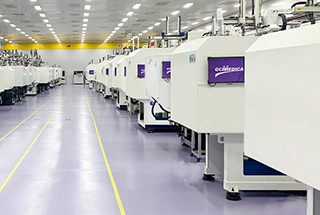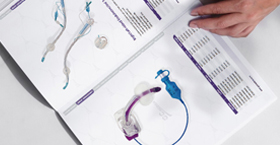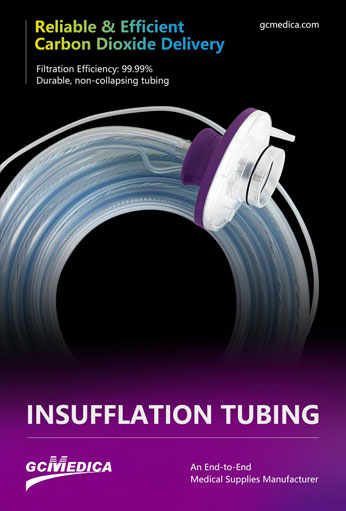An insufflation filter is a single-use sterile device placed between a laparoscopic insufflator and the patient to remove particulates, microorganisms, and volatile contaminants from CO₂ or other insufflation gases before they enter the peritoneal cavity. Proper filtration reduces cross-contamination risks, helps manage surgical plume and odour, and supports clear visualization during minimally invasive surgery.
Quick facts
Primary purpose: protect the patient and surgical circuit by filtering particulates and microorganisms from insufflation gas.
Common filter technologies: HEPA, ULPA, and activated carbon; most clinical solutions pair particulate filtration with VOC adsorption.
Clinical practice: Filtration and active smoke/gas evacuation are part of best practices for laparoscopic procedures.
Product variability: Efficiency and pressure-drop vary by product — review datasheets and validated test methods when choosing filters.
Types of insufflation filters
| Filter type | Target capture size (typical) | Typical efficiency (manufacturer-reported) | Primary purpose / notes |
|---|---|---|---|
| HEPA | ~0.1 µm and above | High (product-dependent) | Traps particulates and many aerosol droplets; common in single-use tubing/filter sets. |
| ULPA | 0.05–0.1 µm | Very high (product-dependent) | Higher efficiency for very small particles; used in smoke evacuation and some integrated systems. |
| Activated carbon / charcoal | N/A (adsorption) | Not measured by particle % | Removes volatile organic compounds (VOCs) and reduces smoke odour; often paired with particulate filters. |
| Combined (HEPA + carbon) | Mixed | Mixed — particulate + VOC control | Balanced option for both particle capture and VOC mitigation; widely used in OR filter cartridges and tubing sets. |
Note: Manufacturer test methods (aerosol type, flow rate) determine stated values—always review product datasheets.
Typical use cases
| Use case | Typical setup |
|---|---|
| Laparoscopic / robotic insufflation | Inline sterile disposable filter between insufflator and insufflation tubing. |
| Smoke evacuation (adjunct) | Dedicated smoke evacuator with ULPA and activated carbon cartridges placed near the surgical site. |
| Integrated insufflation + smoke management | All-in-one systems offering heated/humidified CO₂, insufflation control, and active plume management. |
How to choose the right insufflation filter — decision table
| Selection criteria | Recommendation |
|---|---|
| Clinical goal | For particulate/microbial barrier → HEPA/ULPA. For VOC/smoke odour → include activated carbon. |
| Compatibility | Confirm mechanical and connector compatibility with your insufflator and tubing; prefer validated single-use sets. |
| Evidence & datasheet | Prefer products with clear filtration efficiency data, test methods and third-party validation. |
| Workflow impact | Disposable inline filters are simple to use; standalone smoke evacuators require additional setup and staff training. |
Practical tips for OR teams
Use sterile, single-use filters following the manufacturer’s instructions.
Check filter flow resistance: filters introduce pressure drop; confirm the insufflator performs correctly at expected flows.
For surgical plume, position smoke evacuation close to the source and use filters rated for both particulate and VOC capture.
Stock spare filters and tubing sets; train staff on rapid replacement during long procedures.
Validate that the chosen filter does not adversely affect insufflation pressure/visibility during typical case workflows.
Balanced evidence snapshot
Modern filter cartridges and combined HEPA/ULPA + activated carbon designs demonstrate strong particle capture and measurable VOC reduction in manufacturer testing.
Clinical guidance increasingly recommends active plume management and appropriate filtration as part of a comprehensive OR safety strategy.
Older or poorly validated products have shown variable effectiveness in some contexts — selecting validated, up-to-date products is critical.
Summary
Insufflation filters are a practical and often essential safety layer for laparoscopic and other minimally invasive procedures. Choosing the right solution means aligning clinical goals (particle vs VOC control), ensuring device compatibility, and relying on validated product datasheets to understand filtration efficiency and pressure-drop characteristics. Proper placement, staff training, and supply management complete an effective filtration strategy. Integrated insufflation/smoke-management systems simplify workflow, while standalone smoke evacuators provide robust plume capture when needed.
| Insufflation Tubing Set with Gas Filter > |

 Français
Français Español
Español Products
Products
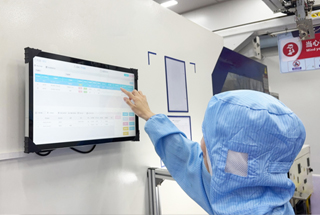
 About Us
About Us




